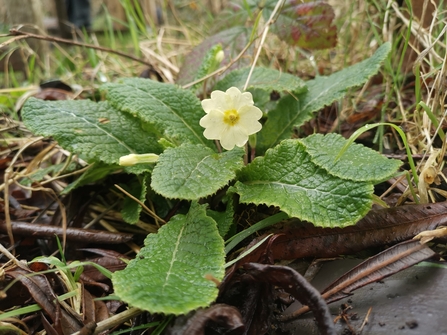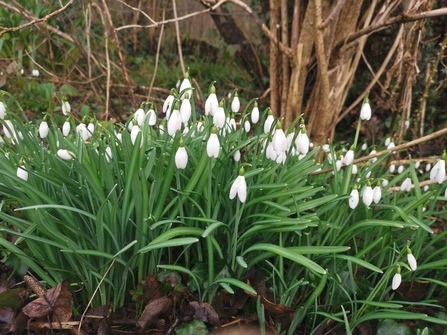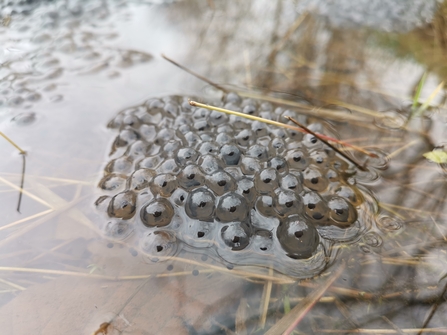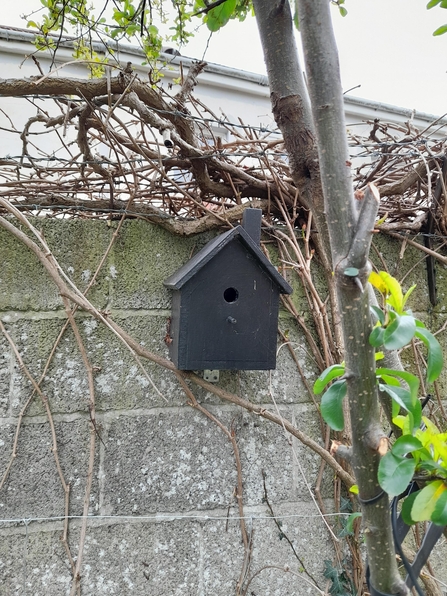February always feels to me like a taster course for the upcoming spring. The first bulbs pushing up through the cold soil, the first splashes of green breaking up the greys and browns of winter.
But this year, for me, those first signs of spring started to appear in December when I spotted my first flash of a bright yellow daffodil on a road verge. From there spring just kept coming, from my first primrose on New Years Day to the raucous dawn chorus that woke me up at the end of January.
Less clarity between the seasons seems to be a theme of recent years as temperatures rise with our changing climate, but what’s happening and what does that mean for our wildlife?






